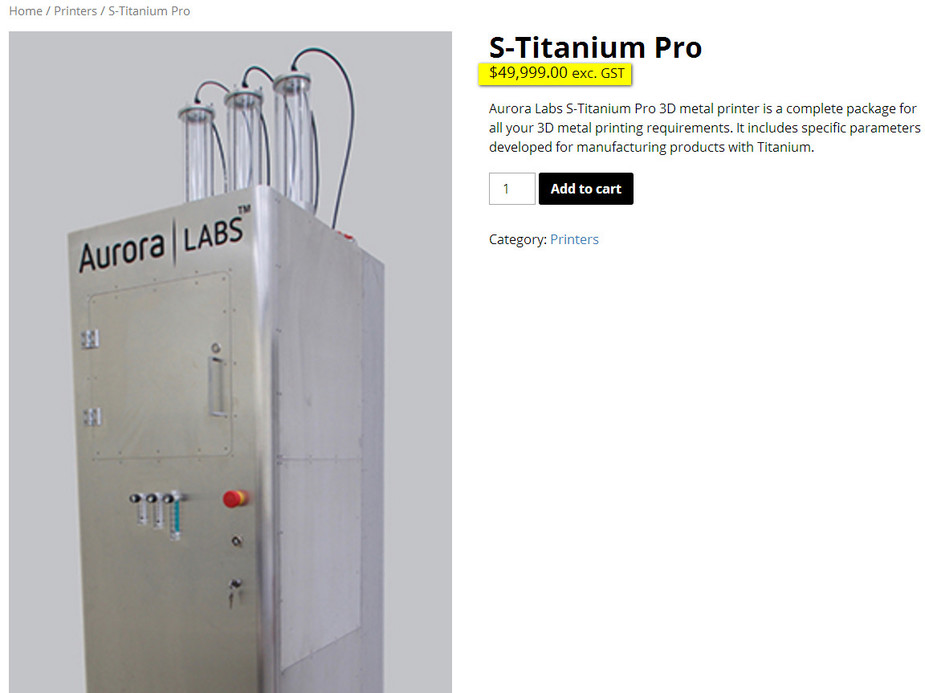Nasa prints the first copper rocket engine liner, with built-in cooling channels:
https://www.nasa.gov/marshall/news/nasa-3-D-prints-first-full-scale-copper-rocket-engine-part.html
In general, directed energy deposition achieves densities on par with forging. Part resistance will also be conditioned by post deposition heat treatment.
Very interesting video – thanks so much. The idea of combining CNC with metal printing is excellent because you have to treat the very poor surface finish in any parts that have working interfaces. In the SLS nylon which I use the surface granularity is about 0.1mm – think 300 grit sandpaper, or 10-20 times worse than injection moulding. However the absolute accuracy and repeatability is better than any casting, so the amount of metal to be removed is far less. Printing and machining in the same set up potentially removes a host of errors.
Of course this all relies on the belief that the fusing of the powder is completely homogenous – that there are no ‘soft spots’ hidden inside the material. I don’t know how you guarantee that, except by relying on the principle that if it’s fused on the outside, then the interior must have been hotter and therefore completely fused. Perhaps.
3D printing combined with 5-axis machining:
Practical application: printed variable scroll turbo with enclosed moving parts for a 1’340 HP engine.
How GE met 3D:
http://www.gereports.com/mind-meld-ge-3d-printing-visionary-joined-forces/
Back then a tiny nozzle – now you can print a piece as big as 1 m3.
“They moved a few machines to a drab building away from the main campus across Interstate 75 and started experimenting in secret with printing pieces of an old commercial helicopter engine […] The clandestine effort paid off. Within 18 months, the team was able to print half of the machine, reducing 900 separate components to just 14, including one segment that previously had different 300 parts. The printed parts were also 40 percent lighter and 60 percent cheaper. "
“Meanwhile, GE’s engineers had already moved on to the next challenge. A different team decided to create a brand-new advance turboprop engine, or ATP. Using additive manufacturing, they consolidated 855 components into just a dozen parts. The simpler design reduced weight, improved fuel burn by as much as 20 percent and achieved 10 percent more power.”
3D – printed car, powered by a 700 HP 2.4l dual-fuel engine.
GE comes up with meter-size 3D printing machine for aerospace parts.
http://m.aviationweek.com/paris-air-show-2017/size-matters-ge-it-creates-monster-additive-machine
(Is this science or modelling?)
Sofware looks like STL.
Peter wrote:
At the price, I will have two so I can knock out these iphone holders faster
But that thing is really cheap for a metal printer! With lasers and inert gas and everything… The maximum print size is not really big however (20×20×50cm) but should be sufficient for that iPhone holder. That website is a little bit strange for a commercial product and the specs are very incomplete – nothing about printing speed for example or connections or software or anything. Just the argon gas requirements.
At the price, I will have two so I can knock out these iphone holders faster 

BTW, what does one about the sintering? Something like titanium is going to need quite some temperature.